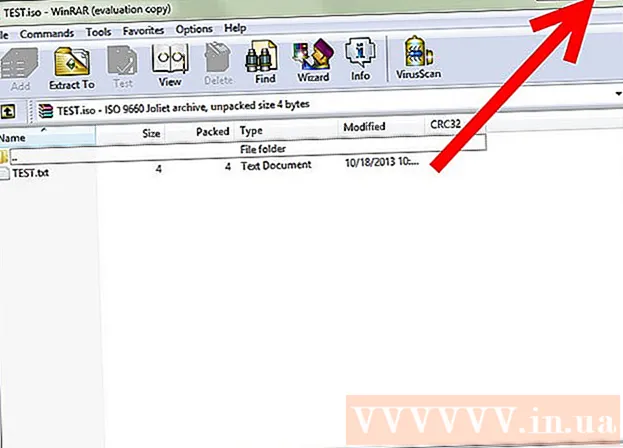
Content
Sugarcane grows from a stem on a tall, upright plant that looks like the reeds that grow on the banks of a river. Unlike most stems, which are planted vertically, the sugarcane stem must be planted laterally in a furrow in order to grow. Sugarcane is a versatile plant that has many functions. The cane pulp is recycled and used to make cardboard and other forms of sugar board that can be used as ceilings, etc. Recently, sugar cane has also been used to produce biofuels, which serve as a replacement for petroleum-based fuels and similar products. Sugarcane pulp can also be placed in the sun to provide fertilizer, nutritious food for other plants and flowers. After a few months, the flesh will turn black and can be made into a fine powder. It is this black fertilizer that is used to provide nutrition for plants and flowers. As an added bonus, there is no unpleasant smell.
Steps
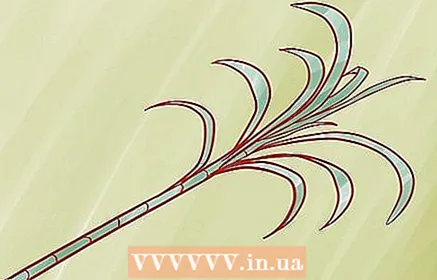 1 Choose healthy sugarcane plants. The thicker the better. Sugarcane that has been burnt is also suitable for planting. Remove flowers using a sharp knife or sickle.
1 Choose healthy sugarcane plants. The thicker the better. Sugarcane that has been burnt is also suitable for planting. Remove flowers using a sharp knife or sickle.  2 Chop off the top leaves and cut the sugarcane stalks into 30 cm pieces. Longer pieces will work as well.
2 Chop off the top leaves and cut the sugarcane stalks into 30 cm pieces. Longer pieces will work as well. 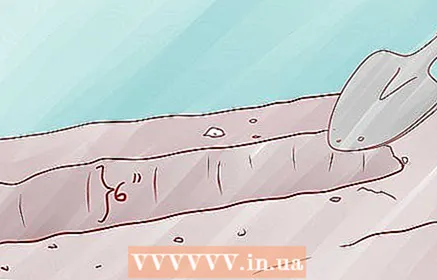 3 Dig a furrow about 15 cm deep. Do it with a shovel or hoe. Large-scale sugar farmers ideally have more sophisticated equipment to dig these furrows.
3 Dig a furrow about 15 cm deep. Do it with a shovel or hoe. Large-scale sugar farmers ideally have more sophisticated equipment to dig these furrows. 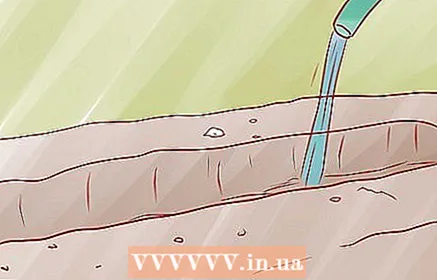 4 Water the furrows first, using a hose or irrigation. This is not necessary if you are planting hectares of sugar cane.
4 Water the furrows first, using a hose or irrigation. This is not necessary if you are planting hectares of sugar cane.  5 Lay the stems horizontally in the furrow and cover with soil. Do not plant stems upright. They won't grow.
5 Lay the stems horizontally in the furrow and cover with soil. Do not plant stems upright. They won't grow.  6 Wait and watch the sugarcane grow. Shoots will begin to grow from the stem nodes, punching through the soil to form individual sugarcane stems.
6 Wait and watch the sugarcane grow. Shoots will begin to grow from the stem nodes, punching through the soil to form individual sugarcane stems. 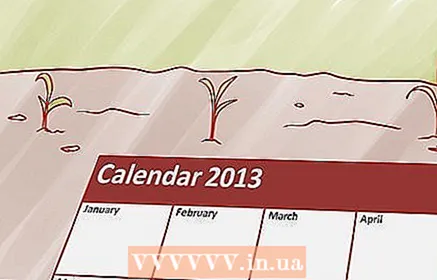 7 It takes 4-6 months for the plant to mature or be ready to eat. Sugarcane will grow in harsh conditions, but it is a resilient plant that does not require any additional labor. Continuous weeding is necessary until the reeds are large enough to shade and drown out most weeds.
7 It takes 4-6 months for the plant to mature or be ready to eat. Sugarcane will grow in harsh conditions, but it is a resilient plant that does not require any additional labor. Continuous weeding is necessary until the reeds are large enough to shade and drown out most weeds. - Organic fertilizers and other plant nutrients can also be used to improve plant quality. (optional)
Tips
- See INTRODUCTION for other uses of leftover sugarcane pulp.
- Fresh sugarcane can also be crushed or liquefied to extract juice.
- Sugarcane juice is prepared for a refreshing drink and served warm or chilled.
- Store-bought sugar is often bleached with bone char, so growing your own sugar is a good idea for those who are vegetarian / vegan.
Warnings
- Sugarcane leaves can scratch or cut your skin. Always wear gloves or other hand protection when removing leaves and flowers from the plant.


